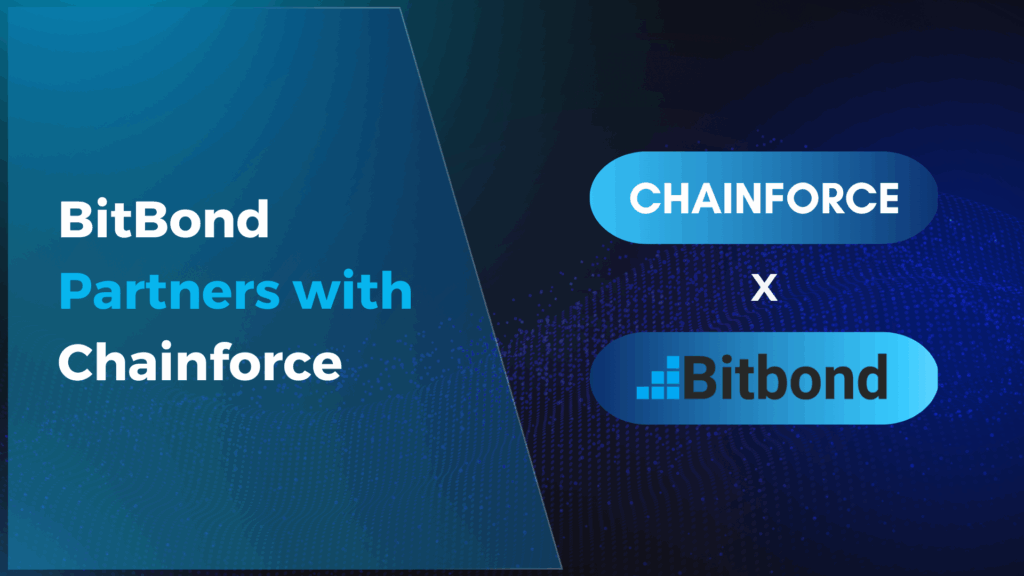Introduction
Tokenomics, the economic design behind blockchain platforms, relies heavily on incentives to shape user behavior and drive the success of decentralized ecosystems. In this blog post, we will delve into the importance of incentive design in web3 projects and explore its profound impact on token price stability. By gaining a deep understanding of the role of incentives, both investors and project creators can make informed decisions to propel their ventures towards long-term success.
Incentive Design in Tokenomics
Incentives are pervasive in blockchain platforms, operating through various mechanisms such as miner rewards, transaction fees, and prediction markets. These incentives are carefully designed to motivate users to act in desired ways and foster engagement within the ecosystem. By transparently aligning rewards with desired behaviors, well-designed incentive systems become powerful drivers of user participation and ecosystem growth.
The Power of Incentives
At the core of incentive design lies an understanding of human behavior and the innate desire for rewards. Similar to our daily lives, where we are driven by the ability and desire to receive rewards, token ecosystems thrive when users are motivated to participate in critical network activities. By actively engaging in tasks such as transaction validation, content creation, or governance, users contribute to the security, resilience, and overall growth of the network.
Importance of Incentive Design
One of the key advantages of blockchain technology is its programmable nature, which allows for the creation of sophisticated incentive systems. Well-crafted incentives, aligned with the project’s overarching goals, are essential for attracting and retaining users and building a thriving network. By carefully designing incentive structures that resonate with users, projects can cultivate a sense of ownership, loyalty, and commitment within their communities.
Designing an Incentive System
Creating effective incentive systems in decentralized economies involves a careful balance of rewards and penalties to influence participant behavior positively. The process starts by identifying the desired behaviors that align with the project’s objectives. These behaviors are then incentivized through various mechanisms such as token rewards, staking, or reputation systems. Simultaneously, undesired behaviors can be disincentivized through penalties or restrictions. Additionally, creating network effects by encouraging collaboration, social interaction, and value exchange among participants is crucial for driving community engagement and network growth.
Consequences of Ignoring Incentives
The repercussions of neglecting proper incentive design can be detrimental to the success of web3 projects. Without well-designed incentives, user participation may be low, hindering the organic growth of the network. Insufficient motivation for developers and contributors can impede innovation and discourage active involvement. Moreover, the absence of a robust incentive framework poses risks of centralization, compromised network security, and concentration of power among a few dominant actors.
Fostering Sustainable Growth and a Vibrant Ecosystem
By fully comprehending and effectively implementing incentive design principles, web3 projects can optimize their tokenomics, driving sustainable growth and creating a vibrant ecosystem. A thoughtfully designed incentive system not only attracts and retains users but also fosters a sense of community ownership, enhances network security, and encourages active participation. By harnessing the power of incentives, web3 projects can unlock their full potential and pave the way for a decentralized future.
As a tokenomics advisor, I am passionate about helping projects navigate the intricacies of incentive design to achieve their long-term goals. Contact me to explore how we can optimize your project’s tokenomics and drive success in the dynamic world of web3.



